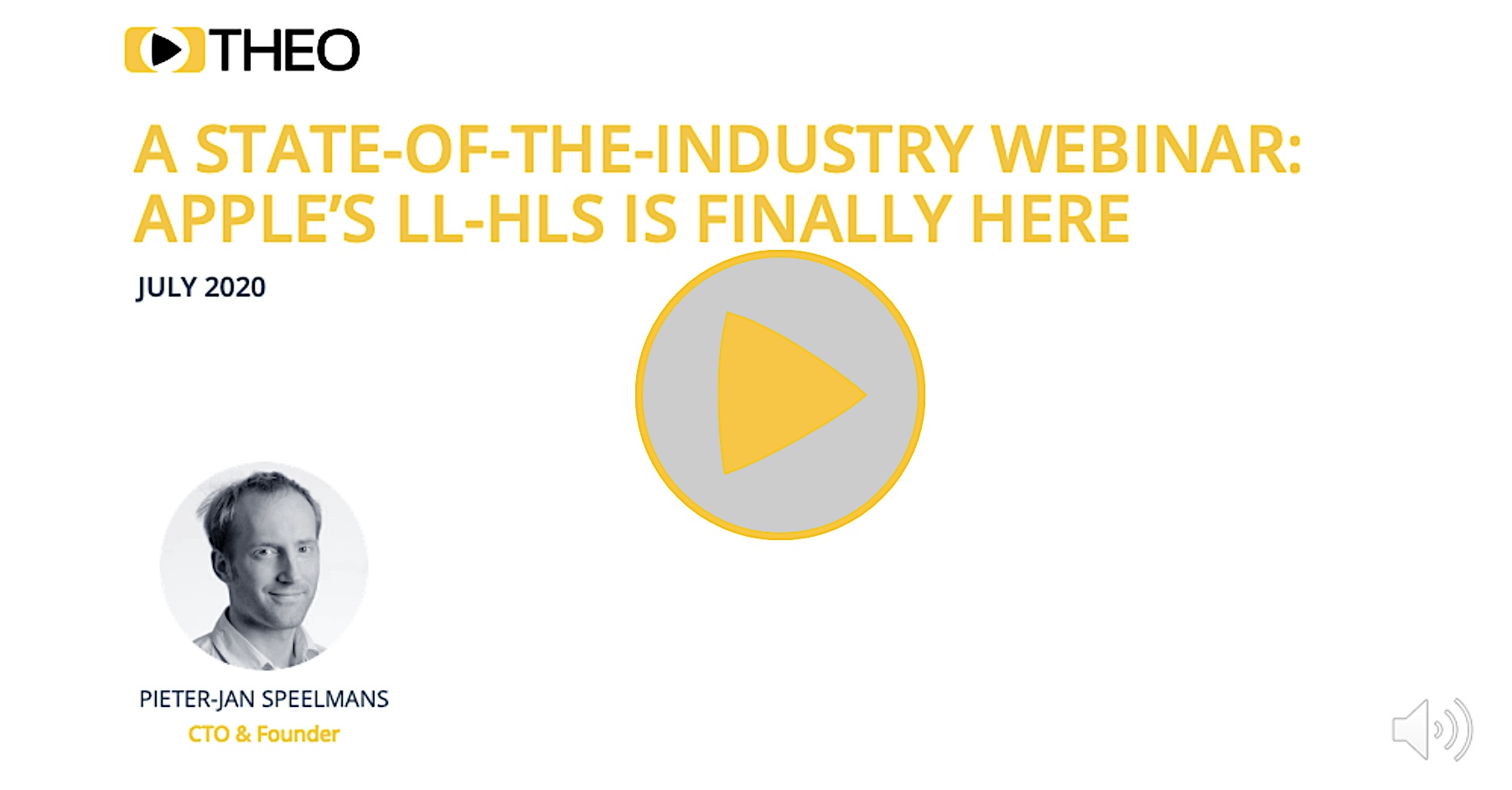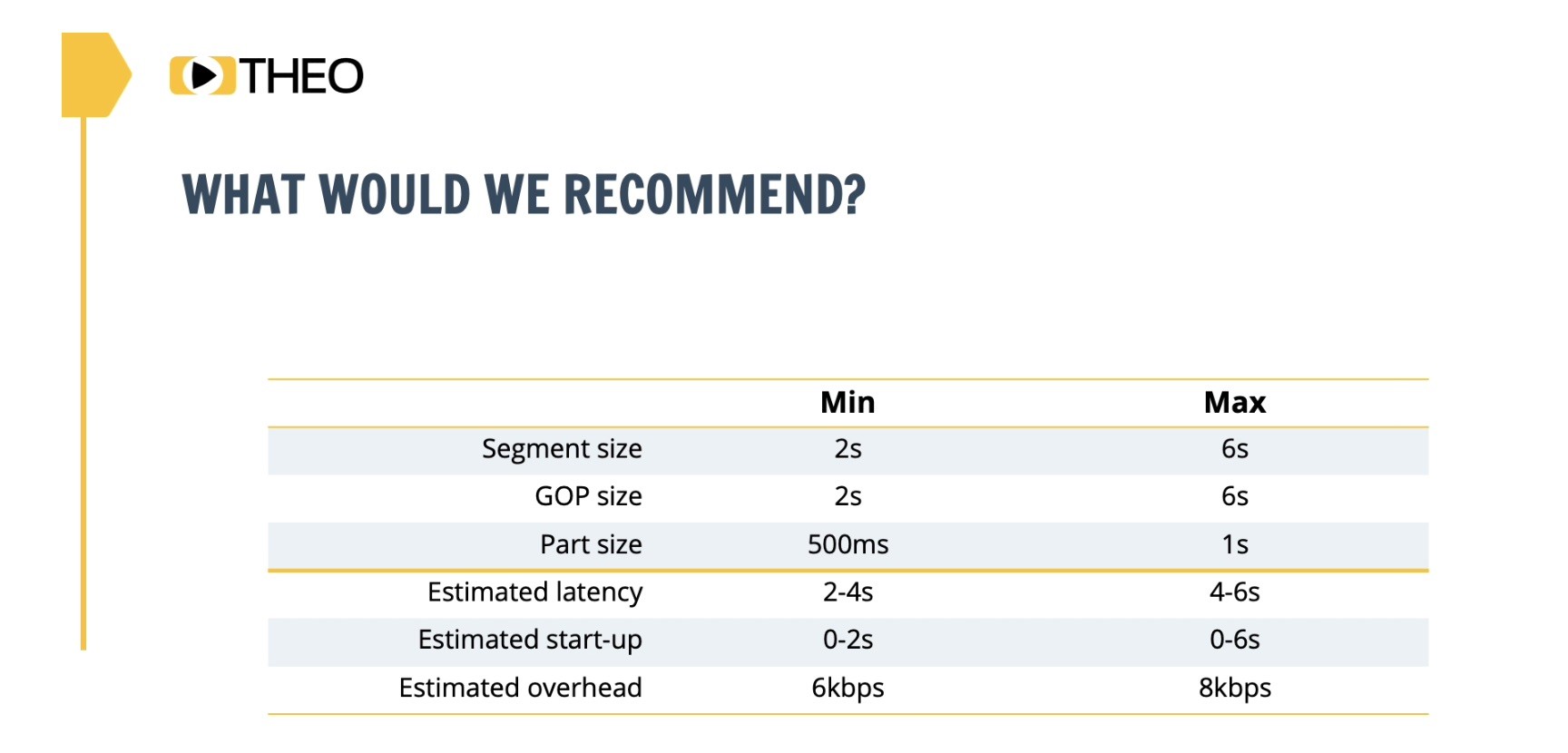Even after restrictions are lifted, it’s estimated that overall streaming subscriptions will remain 10% higher than before the pandemic. We’ve known for a long time that streaming is here to stay and viewers want their live streams to arrive quickly and on-par with broadcast TV. There have been a number of attempts at this, the streaming community extended HLS to create LHLS which brought down latency quite a lot without making major changes to the defacto standard.
MPEG’s DASH also has created a standard for low-latency streaming allowing CMAF to be used to get the latency down even further than LHLS. Then Apple, the inventors of the original HLS, announced low-latency HLS (LL-HLS). We’ve looked at all of these previously here on The Broadcast Knowledge. This Online Streaming Primer is a great place to start. If you already know the basics, then there’s no better than Will Law to explain the details.
The big change that’s happened since Will Law’s talk above, is that Apple have revised their original plan. This talk from CTO and Founder of THEOplayer, Pieter-Jan Speelmans, explains how Apple’s modified its approach to low-latency. Starting with a reminder of the latency problem with HLS, Pieter-Jan explains how Apple originally wanted to implement LL-HLS with HTTP/2 push and the problems that caused. This has changed now, and this talk gives us the first glimpse of how well this works.
Pieter-Jan talks about how LL-DASH streams can be repurposed to LL-HLS, explains the protocol overheads and talks about the optimal settings regarding segment and part length. He explains how the segment length plays into both overall latency but also start-up latency and the ability to navigate the ABR ladder without buffering.
There was a lot of frustration initially within the community at the way Apple introduced LL-HLS both because of the way it was approached but also the problems implementing it. Now that the technical issues have been, at least partly, addressed, this is the first of hopefully many talks looking at the reality of the latest version. With an expected ‘GA’ date of September, it’s not long before nearly all Apple devices will be able to receive LL-HLS and using the protocol will need to be part of the playbook of many streaming services.
Watch now to get the full detail
Speaker
 |
Pieter-Jan Speelmans CTO & Founder THEOplayer |



